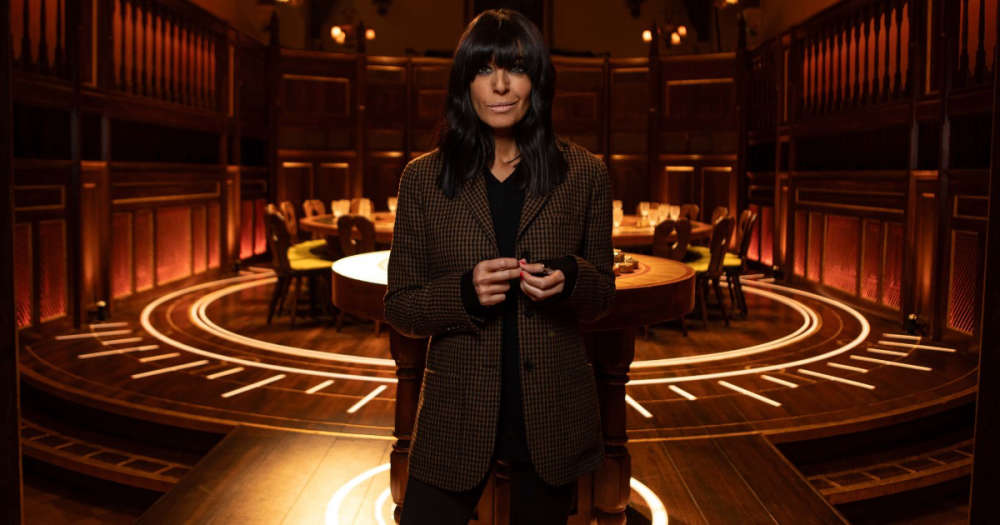
If you were playing the Traitors, it may be even harder to spot the liars than you think.
Research from the University of Aberdeen has found people in groups struggle to know who to trust and make snap judgements on who is faithful.
It's found that when encountering a group of people, humans combine their facial features into one "composite face" while deciding if they are trustworthy.
This all happens in a quarter of a second.
Contrary to previous thinking - that we judge each person individually - this amalgamation of facial features, the researchers say, can have implications for how we perceive people in groups such as in eye-witness identification line-ups and may even be applied to understanding or influencing our judgements of the trustworthiness of members of a political party.
The study formed part of University of Aberdeen postgraduate student, Fiammetta Marini’s research.
She said: “We know that we subconsciously judge whether an individual is trustworthy based on facial characteristics. For example, high eyebrows that seem surprised-looking in their shape, along with a U-shaped mouth, are usually perceived as trustworthy. On the other hand, eyes close together or lower eyebrows, are often perceived as untrustworthy.
“It is important to note however, that these judgements are neither accurate nor reliable.
“The link between facial features and actual trustworthiness is far from perfect, and trustworthiness impressions are insufficiently accurate to serve as reliable foundations for real-world decision-making.
“Regardless – we make these split-second judgements and they have a big impact in our everyday lives, even if these impressions are not always accurate, they invariably shape our social behaviour.”
The team took what is known about individuals, and looked at how the judgement is made when faced with a group.
They found that rather than examining each single individual face in detail, we blend the trustworthiness impressions of the entire group into an average representation that gives us an immediate gist.
The process is called “ensemble perception”.
Ms Marini added: “Traditionally, research has focused on trustworthiness impressions at the individual face level by exploring how we form trust judgments of single individuals. Obviously in everyday life, we often encounter groups of people rather than only isolated individuals so it is essential to understand how we form impressions of groups.
“Fundamentally - what is important is that trustworthiness impressions of a group can potentially influence our behaviour towards that group.
“But it is important to remember that we are only talking about facial features. Maybe what it really shows is that we should focus on what people do as opposed to judgements about whether we like the look of them!
“This can explain why people may say things like ‘there’s just something about them I don’t trust’ or ‘I don’t trust any of them!’ and yes – it may explain why the Traitors are proving so elusive!’


 Laurencekirk station marks 15th year with one million journeys milestone
Laurencekirk station marks 15th year with one million journeys milestone
 Man, 30, jailed for serious sexual assault in Aberdeen
Man, 30, jailed for serious sexual assault in Aberdeen
 Man charged after £300k worth of cannabis found
Man charged after £300k worth of cannabis found
 Woman becomes first from Aberdeen to reach Everest summit
Woman becomes first from Aberdeen to reach Everest summit
 14°C
14°C
 14°C
14°C
 15°C
15°C